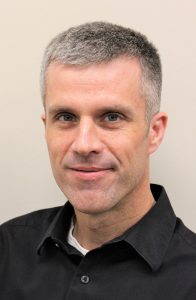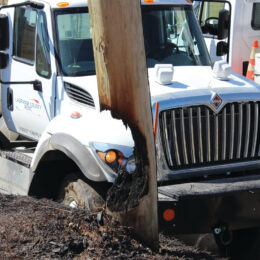
CEO
It’s a familiar scene: poles and wires stretching into the distance alongside a rural highway. This image might appear no different now than it did many years ago. But look more closely.
Invisible to most of us is an overlay of new equipment — chips, sensors and fiber — linking remote distribution infrastructure to the utility’s operations center using advanced communications technology.
Those iconic poles and wires are now part of a “smart grid” that can be operated using software and automation.
For electric cooperatives, “digitalization” of electric infrastructure kicked into high gear in 2013 when the U. S. Department of Energy (DOE) funded new technology research at 23 electric co-ops across the country. That partnership has now evolved into a robust research program exploring everything from drones and smart solar inverters to cybersecurity training and carbon capture technology.
Here are some of the ways LaGrange County REMC members are already benefiting from a smarter grid:
- More information, more choices. This technology allows members to view their energy use down to the hour on our mobile app, which helps to brainstorm and determine more energy efficient choices in your day-to-day life.
- Cost savings from increased efficiency. Many of the new technologies are improving the efficiency of co-op operations — from reducing the amount of electricity lost in transmission to reducing the need for sending out trucks. These cost savings are passed on to you, our members.
- Improved safety for co-op workers and the members. The data from smart technologies provide utility operators a more detailed view of what is happening on the electric system. This data can help us identify electrical hazards faster and plan for the future better.
The research partnership between electric cooperatives and the U.S. DOE, including the national laboratories, has enabled co-ops nationwide to increase their total solar energy capacity, install cutting-edge batteries for energy storage and microgrids, develop data analytics tools and find new ways to capture emissions from coal and natural gas power plants.
This partnership gives electric co-ops in some of the most remote regions of the country access to an amazing network of researchers, including researchers at Carnegie Mellon University, Purdue University and the University of California at Berkley, to name a few.
In exchange, the researchers can see how these new technologies operate in the real-world.
So, the next time you are driving down a country road and you see poles and wires stretching into the far distance, know there’s more to that system than meets the eye. While the electricity in your home powers the toaster just as it always did, that electricity is more.



